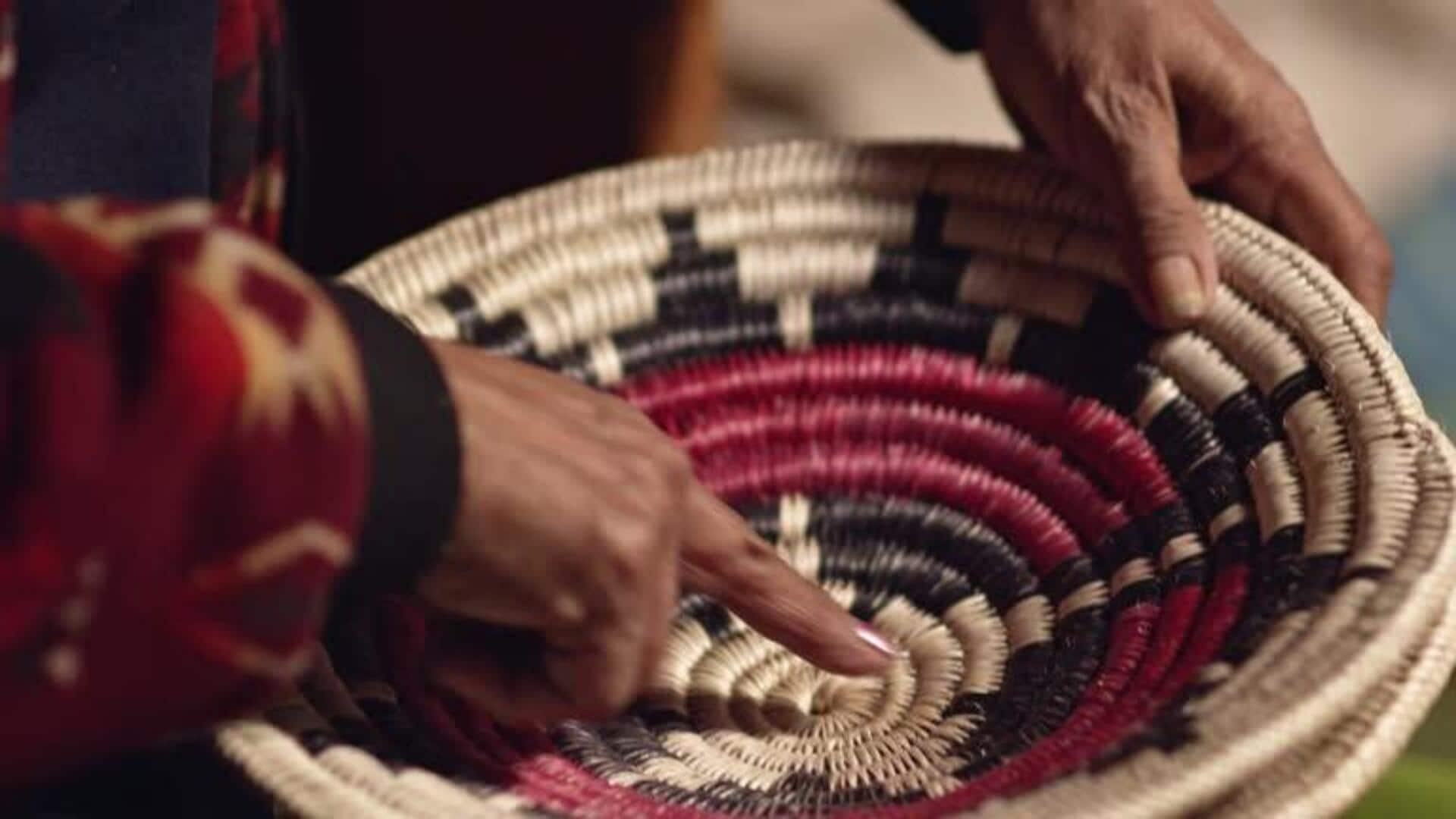
How to master the art of basket weaving
What's the story
African art is famous for its bright colors and intricate designs. Woven baskets are an integral part of this illustrious tradition. These baskets are not just functional but also cultural symbols, representing the continent's diverse heritage. The techniques of crafting these baskets vary from region to region, with each one offering unique patterns and styles. Learning these techniques gives a glimpse into African culture and craftsmanship.
#1
Exploring coiling techniques
Coiling is a widely used technique in African basket weaving. Here, grass or palm leaves are coiled around a core, creating a durable structure. This technique adds flexibility to the design, allowing artisans to create simple as well as complex patterns. Coiling is commonly used to create storage baskets and decorative pieces that display the weaver's skill.
#2
Twining methods unveiled
Twining involves interlacing two or more strands around vertical supports to create a basket. This technique is common in areas where reeds or similar materials are found in abundance. Twining provides durability and strength, making it suitable for creating items intended for everyday use. The resulting texture adds an attractive visual element to the final product.
#3
Plaiting patterns explained
Plaiting employs flat materials, like strips of palm leaves or grasses, woven over and under each other at right angles. This method produces tightly woven surfaces that are strong yet flexible. Frequently, plaited baskets also display geometric designs that mirror traditional motifs. These patterns are handed down through generations, making them embodiment of their makers' rich cultural heritage.
#4
Discovering dyeing techniques
Dyeing is an important step in giving African woven baskets an aesthetic touch. Natural dyes from plants, roots, and minerals are often used to give the baskets their colors, so that the environment is not hurt. The artisans choose the source of dye according to availability and what colors they want, so that each piece has its own story to tell through colors.